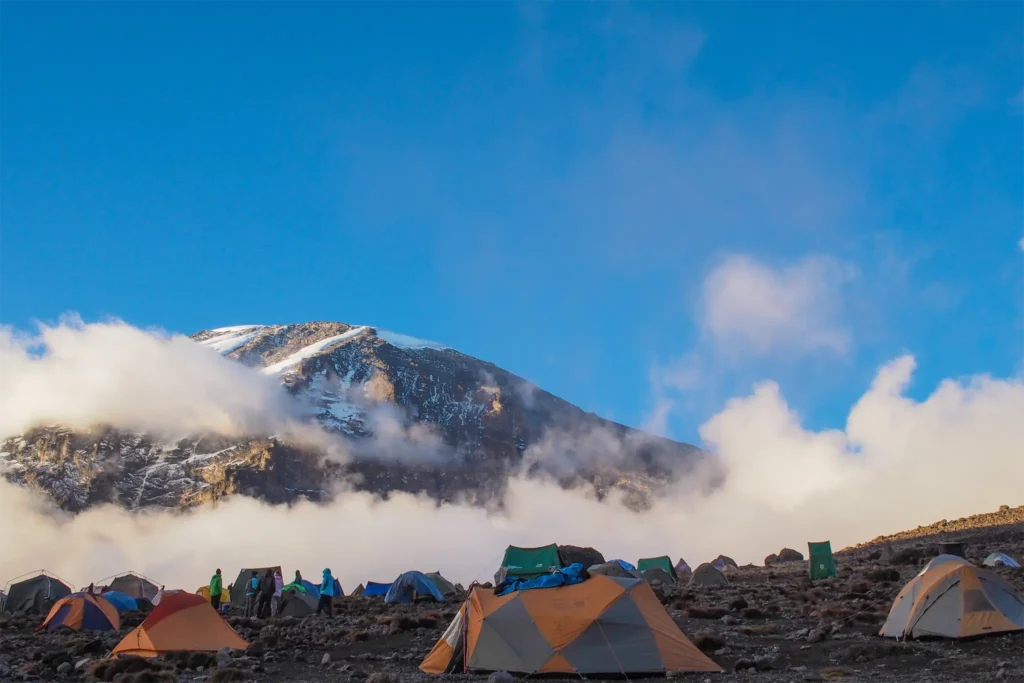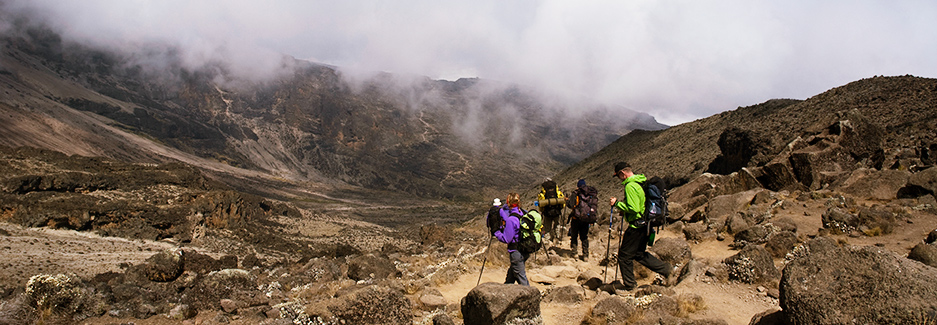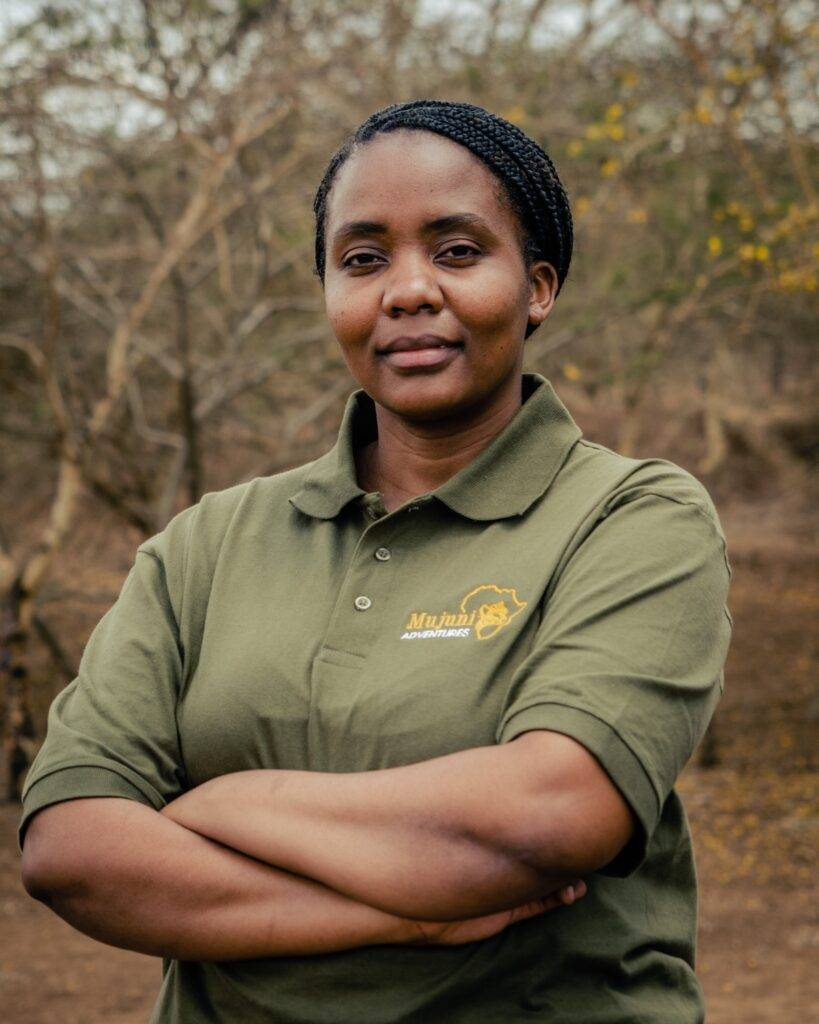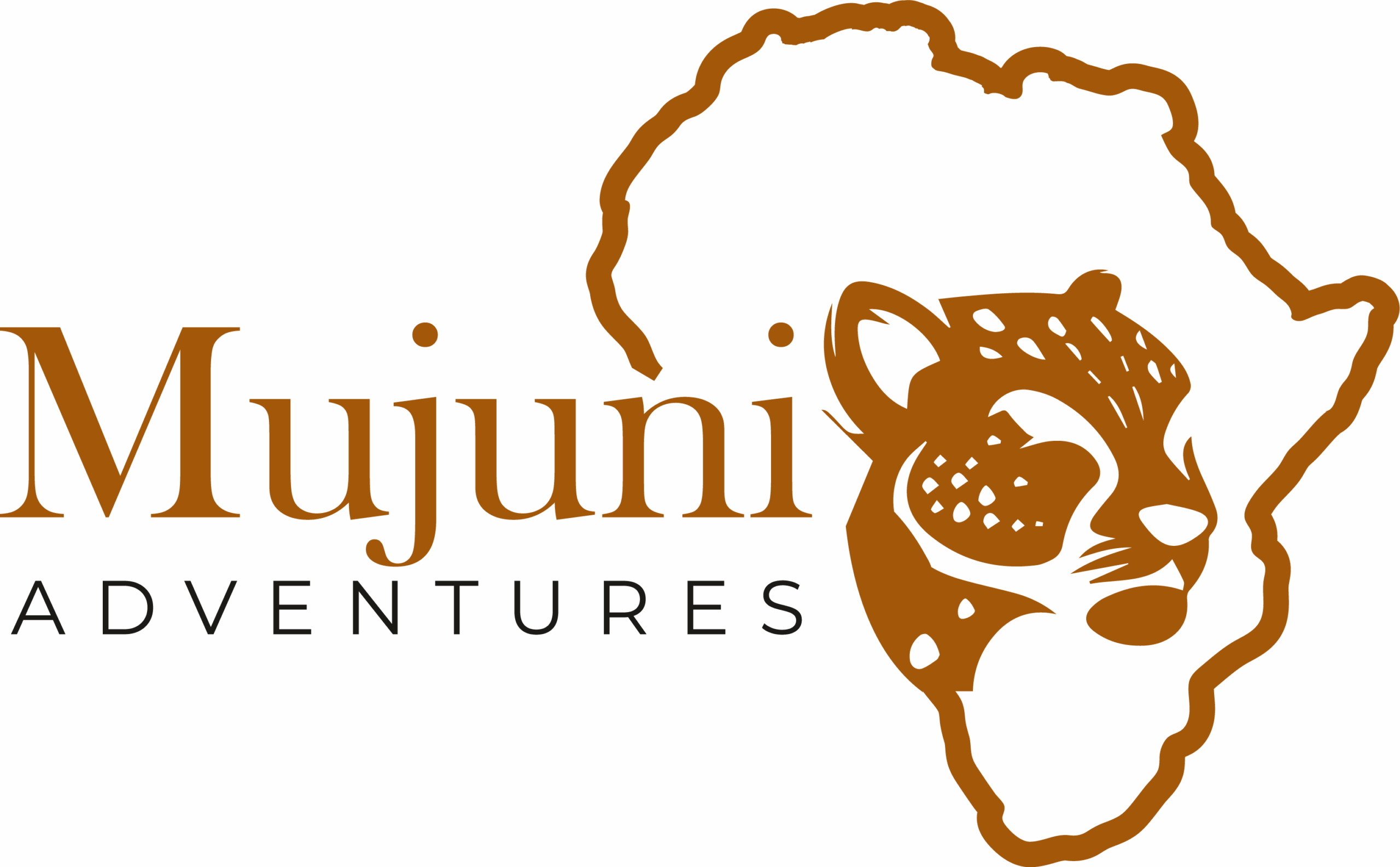Climb Mount Kilimanjaro –
Reach the Roof of Africa
Your Kilimanjaro Summit Starts Here
Climbing Kilimanjaro is a once-in-a-lifetime challenge — and you don’t need to be a mountaineer to reach the summit. With the right route, preparation, and expert guidance, you can stand at 5,895 meters above sea level and watch the sun rise over the African continent.
You choose how you climb. Whether you want the scenic beauty of the Lemosho Route, the direct ascent of Marangu, or the balanced challenge of Machame, your trek is built around your fitness level, comfort, and travel goals. Every detail is handled for you — from park permits and mountain crew to meals, gear, and accommodations.
Your safety is the top priority. You climb with certified mountain guides, trained in high-altitude response and wilderness first aid. Daily health checks, proper acclimatization schedules, and quality equipment help keep you on track toward a safe and successful summit.
Climbing Kilimanjaro is not just about reaching the top — it’s about doing it the right way. With the right team behind you, your path to Uhuru Peak is clear, well-supported, and unforgettable.

Climbing Kilimanjaro Adventures
We guide climbers from all walks of life on their journey to the summit. With certified mountain guides, full safety support, and carefully planned acclimatization schedules, our Kilimanjaro climbing packages combine challenge, safety, and transformation.
Lemosho Route
6-8 days Hike
Starting From
$2,000
Per Person
Machame Route
6 - 7 Days Hike
Starting From
$950
Per Person
Marangu Route
5 - 6 Days Hike
Starting From
$900
Per Person
Facts & Popular questions about Kilimanjaro
How long does it take to climb the mountain?
Climbing Mount Kilimanjaro usually takes between 5 to 9 days, depending on the route you choose and how many days you allocate for acclimatization. Routes like Marangu can be completed in as little as 5 days, while others like Lemosho and Northern Circuit are longer and more gradual, offering better success rates. If you’re aiming for a safe and successful summit, a longer itinerary — typically 7 or 8 days — gives your body more time to adjust to the altitude and improves your overall experience.
How hard is it to climb Kilimanjaro?
Climbing Kilimanjaro is physically demanding but not technically difficult. You don’t need ropes, harnesses, or any mountaineering skills — it’s a high-altitude trek, not a climb. The biggest challenge is altitude sickness, not steep terrain. The days are long, with varying elevations and cold temperatures, especially near the summit. Success depends on your fitness, pacing, mindset, and how well you acclimatize. With a smart itinerary and a strong support team, you can reach the summit — even without climbing experience.
Can a beginner climb it?
Yes, beginners can absolutely climb Kilimanjaro. In fact, many successful climbers are first-time trekkers. As long as you’re in good physical health and willing to train, you’re capable of reaching the summit. The key is choosing the right route with proper acclimatization days and climbing with a professional crew that monitors your health, pace, and progress. With the right guidance, determination, and preparation, beginners stand a strong chance of making it to the top.
When is the best time to climb it?
The best time to climb Kilimanjaro is during Tanzania’s dry seasons — from January to mid-March, and June to October. These months offer clearer skies, more stable weather, and better trail conditions. January to March is warmer and less crowded, while June to October is cooler and more popular. Avoid the rainy seasons (April–May and November) when trails can become slippery and views are limited. Choosing the right season not only improves safety but also enhances your overall experience.
What does Kilimanjaro mean?
The name “Kilimanjaro” is believed to come from local Swahili and Chagga languages. While the exact meaning is debated, it’s commonly translated as “Mountain of Greatness”, “Shining Mountain,” or “White Mountain” — all referencing its snow-capped summit. The name reflects the mountain’s awe-inspiring presence and importance in East African culture and history.


Talk to Our Safari Expert
Our safari expert, Anneth is here to guide you through every step of planning your dream safari in Tanzania.
Why the summit of Kilimanjaro is called Uhuru Peak?
The summit is called Uhuru Peak, which means “Freedom Peak” in Swahili. It was named in 1961 when Tanganyika (now part of Tanzania) gained independence. The name is symbolic — representing freedom, pride, and the triumph of reaching Africa’s highest point. Reaching Uhuru Peak is more than just a physical achievement — it’s a personal victory marked by a name that carries deep meaning.
How tall is Mount Kilimanjaro?
Mount Kilimanjaro stands at 5,895 meters (or 19,341 feet) above sea level. It’s the highest mountain in Africa and the tallest free-standing mountain in the world — meaning it rises alone, not as part of a mountain range. Its summit, known as Uhuru Peak, is a bucket-list destination for climbers from all over the world.
Can a beginner climb it?
Yes, beginners can absolutely climb Kilimanjaro. In fact, many successful climbers are first-time trekkers. As long as you’re in good physical health and willing to train, you’re capable of reaching the summit. The key is choosing the right route with proper acclimatization days and climbing with a professional crew that monitors your health, pace, and progress. With the right guidance, determination, and preparation, beginners stand a strong chance of making it to the top.
Where is Mount Kilimanjaro located?
Mount Kilimanjaro is located in northern Tanzania, near the Kenyan border, and is part of Kilimanjaro National Park, a UNESCO World Heritage Site. The closest town is Moshi, which serves as the main base for most climbs. Kilimanjaro is surrounded by scenic landscapes, coffee farms, and cultural villages, making it a key destination for trekking and adventure travel in East Africa.


Talk to Our Safari Expert
Our safari expert, Anneth is here to guide you through every step of planning your dream safari in Tanzania.
